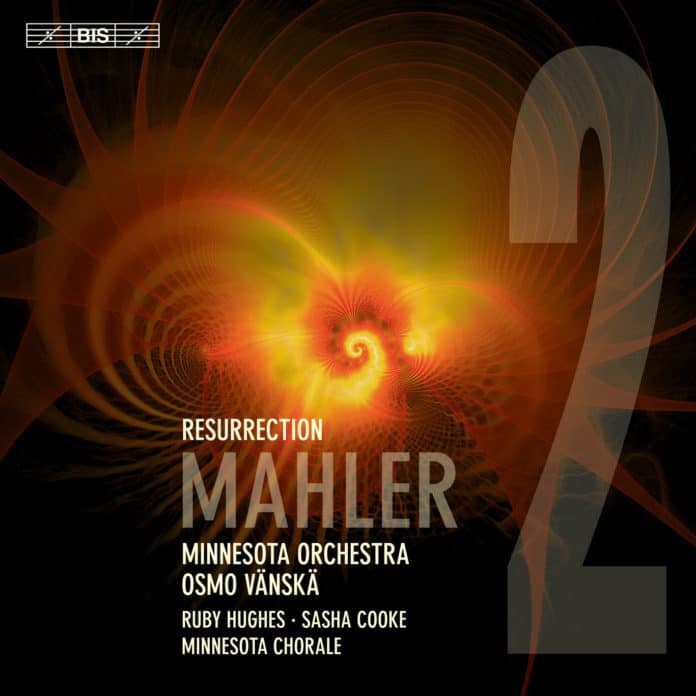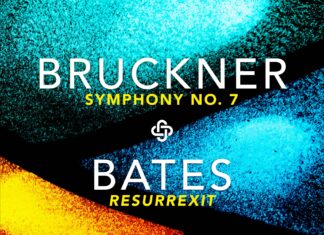Mahler, Symphony 2 “Resurrection”
Minnesota Orchestra
Osmo Vänskä (conductor)
Sasha Cooke
Ruby Hughes
Minnesota Chorale
BIS Records
When you hear the lower strings opening the symphony so fiercely and at breakneck speed in Vänskä’s Resurrection you know you’re in for a treat. This is true for the whole performance overall: the precision of orchestral playing, the micro-managing of the dynamics and the well-judged tempo shifts are what characterise Vänskä’s Mahler.
I think few recordings manage to bring the 2nd symphony off; here the elements to consider are many: the “special effects” Mahler employs (especially in the last movement), the huge climaxes, the heart-wrenching nostalgia of the Andante, the melancholy
But let’s take things from the start. Vänskä forces the opening in a faster than usual tempo, his phrasing short and disciplined, reminding us how he has managed to shape the sound of the Minnesota Orchestra all these years (his level of execution for me is akin to Szell’s shaping of the Cleveland sound). The total timing of the first movement, however, shows that this performance is, in fact, on the slower side (interestingly, Vänskä’s timing at 23:38 is exactly the same as Bernstein’s New York Philharmonic recording). This implies that despite the unexpected momentum of the beginning, Vänskä begins to linger in certain development passages, maybe a bit more than one should expect. There is much to admire here: the precision of the strings, the perfectly timed climaxes, the impressive brass playing. Is there something missing? I’d personally have preferred a more full-bodied sound from the string decks but knowing Vänskä’s way for leaner sounds, this is understandable, and to be honest it allows for more transparency when the textures get thicker.
Since the discussion of the first movement is over, I can now say it: this is one of the best renditions of the Andante t I have come across. Surprisingly enough, Vänskä employs a good deal of string portamento and the excellent engineering captures the antiphonal dialogue splendidly. And while the conductor uses this effect throughout the movement, the result is that of heart-melting beauty rather than triteness and schmaltz. After all, this movement is supposed to signify the memories of the joyful times in the life of the deceased and Vänskä’s account is right on the spot.
The crucial Scherzo—important for the transition to the Urlicht—is also superbly played and the famous “death shriek” incident, here taken impressively fast, allows the Minnesota O
The
As for the finale,
As for the last glorious minutes, there is some impressive pianissimo singing and both soloist singers and the
Is this the most spiritual Resurrection? It isn’t, but then again this is such a subjective criterion. Vänskä’s rendition excels in other departments: it does offer a different approach to this much-loved Mahler symphony with lots of tiny details and dynamic observations, demonstration-class orchestral playing, excellent recorded sound, and features one of the best Andante movements on record. It is clear that everyone involved did their best and the outcome is highly satisfactory. No matter how many recordings of this symphony one has, this is more than
Rating: ***** (5/5)







Nice review, as always. Being a big fan of Vänskä, particularly for his Beethoven, I need to check this out!